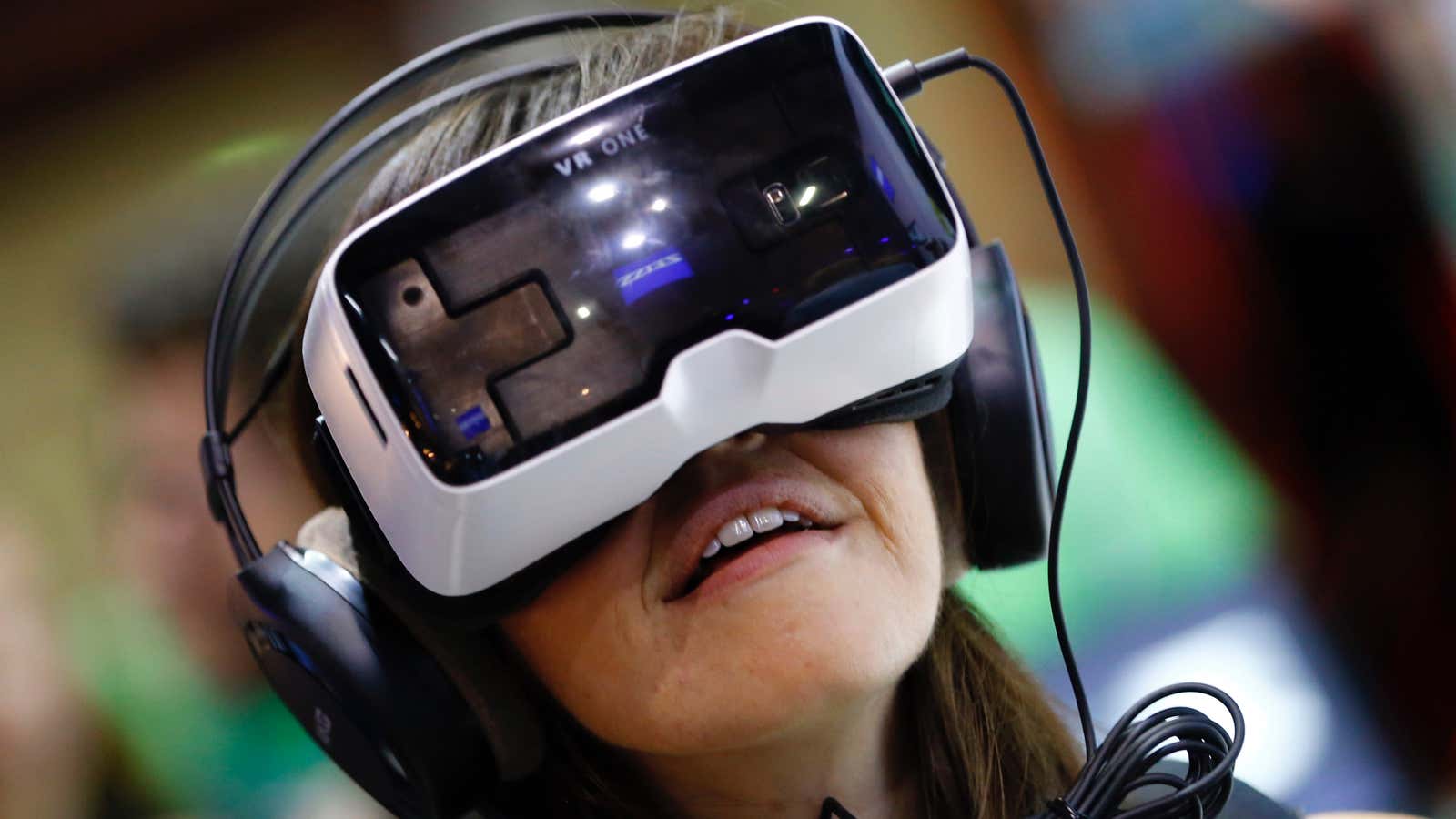The rise of virtual reality games and films won’t just be about crazy graphics: 3D entertainment could be a much more moving, emotional experience than watching traditional media. Researchers in Finland studied how people react when looking at images of faces, and they’ve found out that 3D images transfer more emotion to the viewer than simple 2D photographs.
The human brain does something interesting when it spots a face among the millions of other details in a busy scene: It quickly tries to read the face in order to try and guess the mental state and intentions of the person beneath the face. We’ve long known about our brain’s predilection for spotting and reading faces, but Finnish scientists at Aalto University spotted an unexpected hole in the research into this sort of phenomenon. They noticed that most of the century-long research studied reactions to 2D photographs of faces wearing different emotions.
The team then realized that it’s easy to display faces in 3D with technology like stereoscopy—the technique that makes 3D TV and virtual-reality goggles work. When they then did experiments using 3D images of faces, they discovered that people have a much deeper emotional reaction to faces displayed this way compared to photos.
The Aalto research suggests that there’s lots of extra information in a 3D image of a face. This lets the viewer’s brain pick up on more subtle facial shapes that happen when you’re displaying an emotion. They found the effects worked most strongly for negative emotions like anger, and when the 3D effect was arranged to match how human eyes see “depth” in 3D. On the other hand, happiness was sensed more strongly when the 3D effect was stretched beyond how human eyes work.
This research actually has big implications for the creation of 3D interactive experiences and games. Think back to the 3D movies you’ve seen, and you’ll see 3D has generally been used mainly as a thrill or surprise feature. For programmers creating content for the upcoming wave of virtual reality devices, heralded by Facebook’s Oculus devices, the Finnish study is important because it could help them hone the 3D effect to really make the viewer feel the emotions of the characters in the game. Millions of dollars are already being spent to make in-game characters like Tomb Raider’s famous Lara Croft more realistic, and this could be the next step.
The upshot may be that VR games really are going to make you feel powerful emotions. A spooky thought, since even simple Oculus games can already be terrifying.
